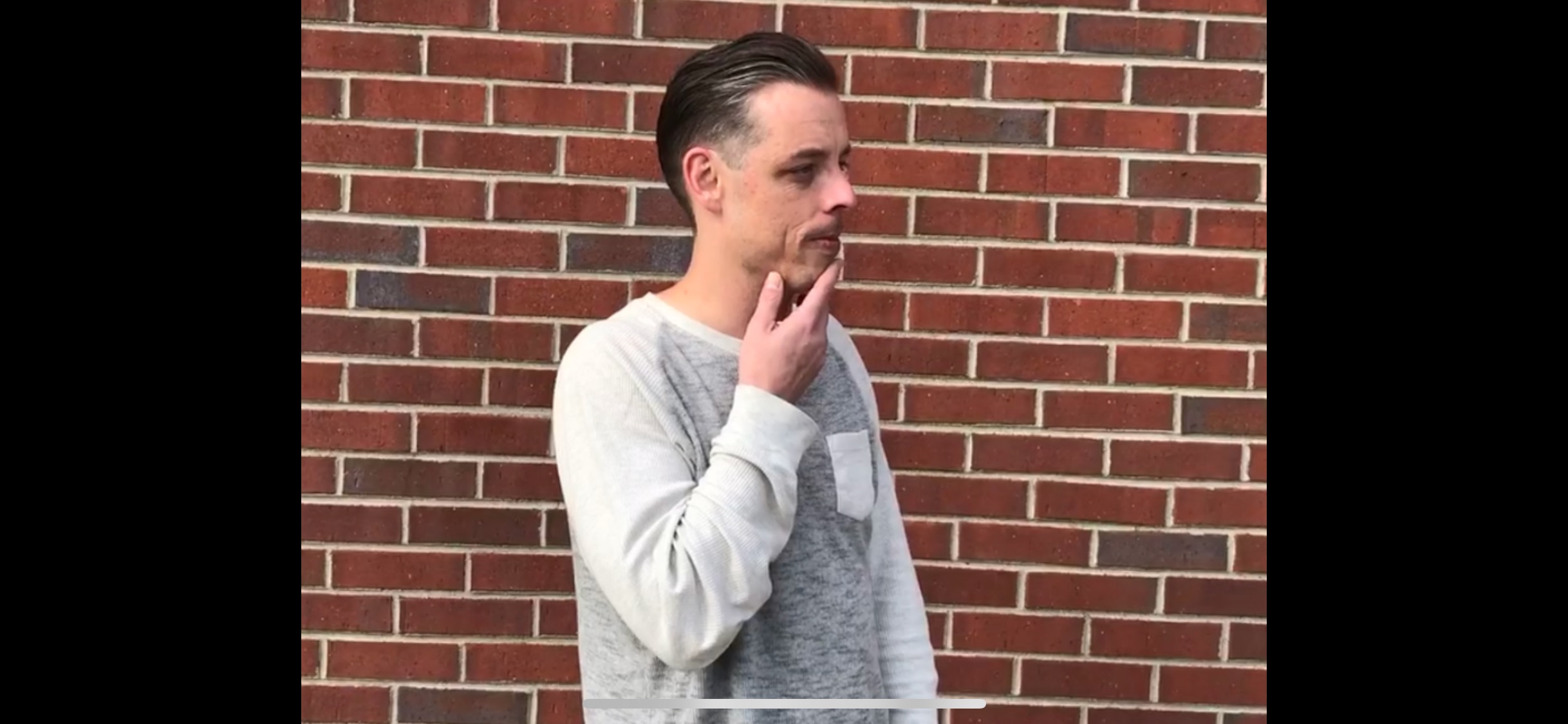
What Do Your Social Media Habits Reveal About Your Teaching Style?
You’re a lurker—love social media, but more the media than the social, so you stay in the background—looking, skimming, saving, and skimming and looking some more, but always quietly, and always just out of sight.
You spend an hour or two tops online—just the basics—messages, some shopping that saves you time and money, and browsing a select group of sites.
You’re efficient, razor sharp, and completely in control of your own destiny thank you very much.
Or perhaps you’re a power user, Bluetooth hanging off your earlobe as you order your coffee (scanning your Starbucks app on your iPhone), sitting down before class (because you get to school early enough) to skim through Flipboard on your iPad to see what the world has to say.
You don’t just casually participate in the twitter chats (or anything else for that matter), but do your research beforehand so that you’re prepared. Your facebook is connected with your Dropbox which is linked to your instagram which pings your PLN when you curate a blog post on your Pocket account to let the whole world know that you’ve found something worth keeping.
Or maybe you’re somewhere in-between, RTing what you find useful, maybe dropping in for twitter chats every now and then, but really who has the time to keep up with it all? Your laptop gets more mileage than your tablet, you wouldn’t be caught dead with your work email on your phone, but you’ve got a mean RSS feed setup (and were crushed to hear Google was discontinuing Google Reader support) to make sure you don’t miss anything important.
Whether you’re a lurker, a power-user, or middle of the road catch-as-catch-can user of technology, there may be some surprising inferences to be made about your teaching style. These online habits are as much the product of your personality as your habits as an educator.
The Lurker
You lurk, but not so much out of shyness as a sense of balance and responsibility. Full-on interaction with the good folks in your professional learning network is invigorating, but is also a luxury you don’t often have the time for.
In the classroom, you’re hands-off with students, empowering them with a learner-centered environment through a mix of project-based learning, self-directed projects, and real-world, authentic challenges.
Group work happens when students need for it to happen, an available strategy more so than a box to check on a lesson planning form. And so you depend as much on materials, resources, and digital tools as collaboration and teacher-led instruction—the content itself rather than the form.
Work in your classroom has “voice and choice,” with students able to select from a variety of options—each of which fulfill the necessary standards of an assignment, but that also supports learners with a sense of agency and volition in what they do.
The Power User
While the lurker sits back and makes adjustments—as much facilitator and instructor–the power-user jumps in with both feet.
When students walk into class on the first day, there are nametags on the desks waiting for them.
You’ve printed out visual rosters from last year’s Student Information System to learn names before they even step foot in the room.
After sitting, students are given a multiple-intelligence assessment that helps differentiate instruction based on learning styles. Next up is a computer-based reading assessment that gives you a rough reading level to form another kind of group, and then an interest inventory for another grouping strategy (that makes three).
Your sub notes rival most teacher’s lesson plans during administrator-observed lessons.
You’ve called every parent by the end of the first week of school with a positive contact just to get everything off on the right foot (though you had to resist the urge to host a twitter chat for all parents).
You’re picky about what you do, but when do something you’re all-in: students don’t play video games, in your classroom, they design them. They don’t listen to podcasts, they record them.
Technology is a power to be harnessed, and that’s exactly what expect from your students as well.
A Little Bit Of Both
The balanced user of technology is function over form.
Collaborative learning is a must, but never just for show: if it works, you use it; if students thinking alone works better, then that’s what happens.
You use blended learning because it offers the best balance of teacher-led instruction and self-directed learning. It also only require modest technology compared to game-based learning, eLearning, and other trends you’re keeping a close watch on but are still a bit unsure of.
The work that students complete in your classroom has value beyond the classroom itself, but you’re also keenly aware of labels like “Apprentice” and “Proficient,” and walking the line between district expectation for learning results and really reaching the students in front of your everyday can be a challenge.
Conclusion
It’s interesting how predictable we can often be. And it’s maybe more interesting that such predictability continues to surprise us.
The same character traits, insecurities, financial circumstances, and past experiences that led you to your spouse, your decision to have children, or your career choice as an educator also led you to your Android smartphone (instead of the iPhone), teaching at a university (rather than elementary school), and to pinterest (rather than facebook).
And these same patterns can be easily used to predict tendencies in the classroom, too.
Well, maybe not easily.
None of this implies that the for-fun palm-reading here is accurate; whether or not it’s true matters less than the self-realization that you’re a wonderfully unique, complex, and yet fairly predictable human being whose patterns can probably be seen a mile away by anyone paying attention.
So watch for those patterns. Make sure they’re serving you and your goals as a professional, and revise them if not. Step out of your comfort zone.
Invite students to reflect on their own tendencies, and how more importantly how those tendencies impact one another. Some examples?
Social media addiction can be an addiction to self-image or connectivity.
Being seen is not the same as being heard.
Rejecting technology is a personal choice that can put your personal beliefs above your need for information.
Brutal efficiency can compromise spontaneity and creativity.
Moment by moment, decision by decision, one thing affects another.

